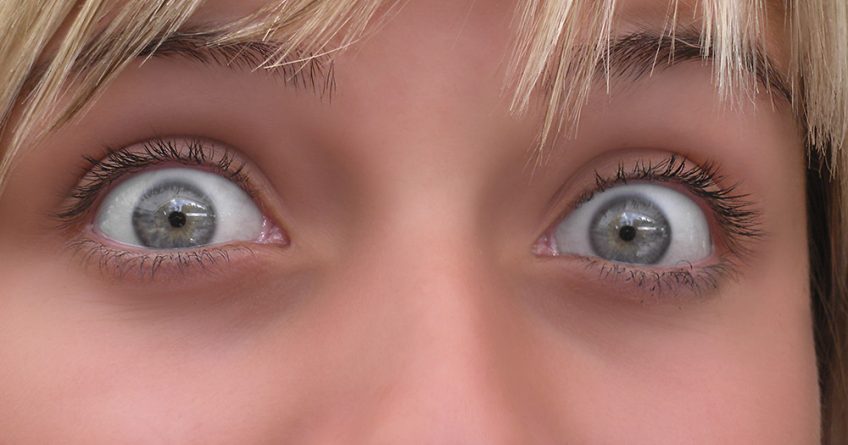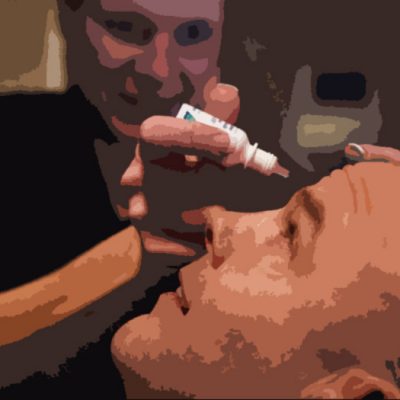If you’re over 40, have had fairly good eyesight in the past, and have noticed that up-close objects are blurry, there’s a good chance you are just experiencing a condition called Presbyopia.
During middle age, usually beginning in the 40s, people experience fuzzy or blurred vision up close, such as when reading, sewing, or working at the computer. This happens to everyone at some point in their life, even if they never needed vision correction before.
Presbyopia Cause: Loss of Flexibility
Presbyopia is sometimes mistakenly considered a refractive error like nearsightedness or farsightedness. And it is often confused with farsightedness, but it’s very different.
Refractive errors are caused by light rays bending incorrectly inside the eye due to the eyeball shape. Presbyopia is caused by a slow loss of flexibility within the human lens inside the eye.
The cumulative effects of this flexibility loss are noticed around the age of 40, though some people become aware of it earlier and others later. This vision disorder happens whether you are nearsighted or farsighted, and it’s a natural part of aging, similar to cataracts.
Symptoms
Presbyopics find that they need to hold books, magazines, newspapers, menus and other reading materials at arm’s length in order to focus properly. Headaches, eyestrain and fatigue often accompany near work. See your eye care practitioner if you experience these symptoms while in your middle years.
Common Treatments
Bifocal glasses, reading glasses and contact lenses are the most common remedies for presbyopia. Bifocal means two points of focus; the main part of the spectacle lens contains your distance or near prescription, while the lower portion of the lens holds the stronger near prescription for close work.
Bifocal glasses are available without the telltale bifocal “line”. These are called progressive addition lenses (PALs) or progressive lenses.
Reading glasses may be worn alone or on top of distance or near contact lenses.
Bifocal contact lenses, similar to bifocal lenses in glasses, are another option, though they aren’t suitable for everyone. Another contact lens choice is monovision: one eye wears a distance prescription, the other eye wears the stronger near prescription.
Because presbyopia occurs with human lens changes over time, many presbyopic prescriptions increase over time as well. Don’t be surprised if your bifocal prescription, also called the “add,” jumps a bit each time you visit your eye care practitioner. This is completely normal.









